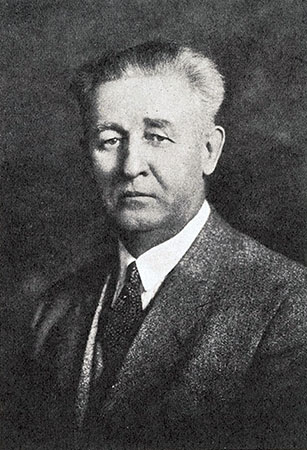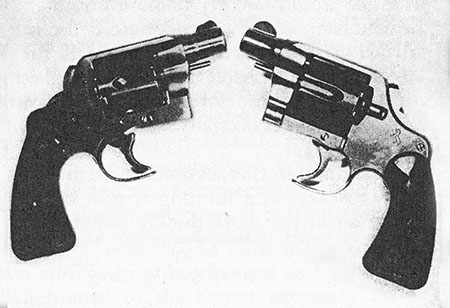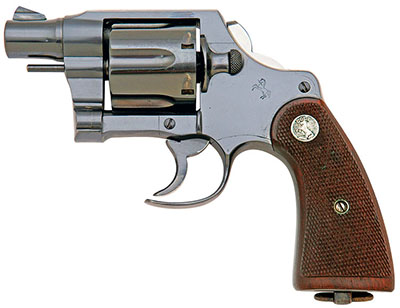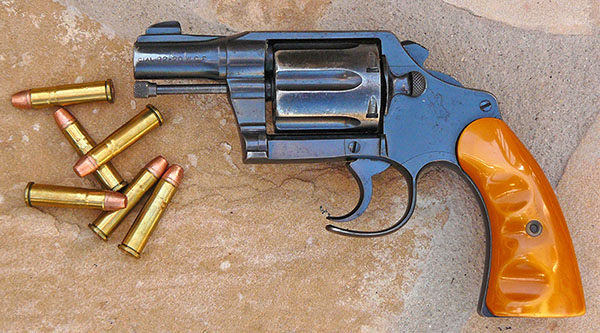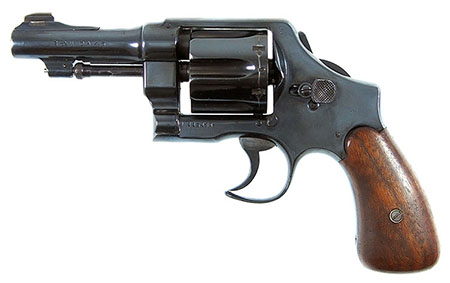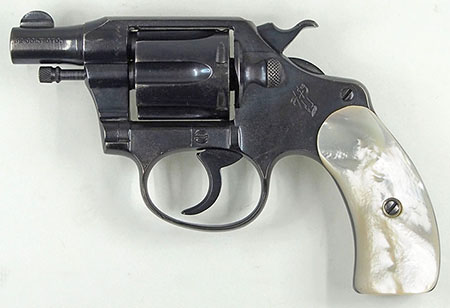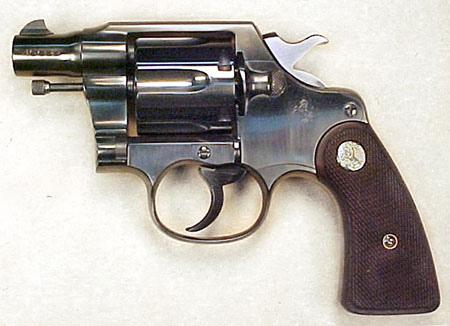 |
||||||||||||||||||||||||||||||||||||||||||||||||||||||||||||||||||||||||||||||||||||||||||||||||||||||||||||||||||||||
|
Cut-down Revolvers by Ed Buffaloe
I’m certain most of my readers are familiar with the “Fitz Special,” which is usually a cut-down Colt revolver, though sometimes a Smith & Wesson is used. Fitz called them “cutaways.” Fitz’s interest and enthusiasm for short-barrel revolvers eventually led Colt’s to offer the Detective Special in 1926, followed by the Banker’s Special in 1928. The Cobra and Agent did not appear until 1951 and 1955 respectively. However, Colt’s never made a large-caliber revolver with a very short barrel, such as Fitz was famous for. Fitz was a big man and he often carried two cut-down Colt New Service pistols chambered for .45 Colt—one for each hand—offering some serious firepower.
In his 1930 book, Shooting, FitzGerald relates the following: I believe I am the pioneer butcher of revolvers for quick draw, for thirty-two years ago I tried out my first two-inch barrel and this was followed by the cut-away trigger guard, cut-off hammer spur, rounded butt, cut-off ejector rod, straightened trigger, etc. I choose the .38 Colt Police Positive Special in the small model, because it is the most powerful revolver of its weight and a very fine balanced arm. I choose the .45 New Service because it is the most powerful hand gun... The trigger guard is cut away to allow more finger room and for use when gloves are worn. The .45 really has plenty of finger room without cutting the guard, but I prefer my own cut
away and it does decrease the weight and change the balance. The hammer spur is cut away to allow drawing from the pocket or from under the coat without snagging or catching in the
cloth and eliminates the use of thumb over hammer when drawing. The ejector rod end and part of the eject
Ed McGivern, in his book on Fast and Fancy Revolver Shooting, rails against such modifications, which he calls “mutilations,” as being unnecessary or even counterproductive, with the exception of shortened barrels. However, Fairbairn and Sykes, in their book Shooting to Live, express the opposite opinion: Let us consider first the case of the detective or plain-clothes man. Here the weapon must be carried concealed and the wearer must be prepared for the quickest of quick draws and an instantaneous first shot, most probably at very close quarters. For that purpose, our own choice would be a cut-down revolver of heavy calibre. The weapon shown ... started life as a .45 Colt New Service double-action revolver with a 5-inch barrel. The hammer spur has been cut off, the barrel length reduced to 2 inches, the front part of the trigger-guard has been removed, and grooves have been cut on the left side of the butt for the middle, third and little fingers. Now for the reasons for this drastic treatment. The big New Service revolver was chosen, primarily, because the butt is of adequate size for the average man’s hand to grasp in a hurry without any fumbling. Secondly, it is one of the most powerful weapons possible to obtain.
The removal of the hammer spur and the smoothing over of what remains prevent the weapon from catching in the clothing when drawn in a violent hurry. As the hammer cannot be cocked by the thumb, the weapon has to be fired by a continuous pull on the trigger. With a sufficiency of practice, very fast shooting is rendered possible by this method. The shortening of the barrel is for speed in drawing. Obviously, it takes less time for 2 inches of barrel to emerge from the holster than 5 inches. Contrary to what might be expected, there is no loss of accuracy, at any rate at the ranges at which the weapon is customarily used. The front part of the trigger-guard is removed in order to eliminate yet another possible cause of fumbling when speed is the order of the day. The index-finger, no matter of what length or thickness, wraps itself in the proper position round the trigger without any impediment whatever. The grooves on the butt are there to ensure that the fingers grip the weapon in exactly the same way every time. Hardly anyone does such modifications anymore. I, nevertheless, have a fascination with cut-down revolvers, though I generally prefer guns where the trigger-guard is left intact. Still, I could not resist this Smith & Wesson Model 1917 cut-down gun which I found a few years ago at the Tulsa gun show.
Gunsmiths usually cut the Smith & Wesson barrels off just in front of the barrel lug, making for a three inch barrel, but this one has a 3-5/8” barrel. The gun is big and heavy, as it needs to be to absorb recoil from the .45 ACP cartridge, though it is considerably lighter than the Colt New Service. When I got the Smith, the double-action trigger pull was upwards of 14 pounds. I installed new springs and adjusted it down to a more manageable 11.5 pounds. The Smith & Wessons are usually cut down with a hump on the bottom of the frame to accommodate the cylinder stop screw, but in this case the angled screw was simply cut through and polished over, fixing the spring and plunger in place permanently. I also couldn’t resist this cut-down Colt Pocket Positive that some talented gunsmith turned into a snub-nose. I only wish it were not chambered for .32 Colt, a far inferior round to the .32 S&W Long.
|
||||||||||||||||||||||||||||||||||||||||||||||||||||||||||||||||||||||||||||||||||||||||||||||||||||||||||||||||||||||
|
||||||||||||||||||||||||||||||||||||||||||||||||||||||||||||||||||||||||||||||||||||||||||||||||||||||||||||||||||||||
|
Copyright 2021 by Ed Buffaloe. All rights reserved. |
||||||||||||||||||||||||||||||||||||||||||||||||||||||||||||||||||||||||||||||||||||||||||||||||||||||||||||||||||||||
|
|
||||||||||||||||||||||||||||||||||||||||||||||||||||||||||||||||||||||||||||||||||||||||||||||||||||||||||||||||||||||
